Forever fusing the fantastical with the apocalyptic, gallows humour with moral purpose, shock tactics with consummate artistry, old-school London lefty Peter Kennard remains the John Heartfield of contemporary British photomontage.
His new picture book, Visual Dissent, celebrates 50 years in business; tolling each year with a text marking global landmarks of outrage, all prismed through his massive back catalogue. It’s a dense, angry, funny, eye-popping tome: the awesome imagery flowing in a relentless stream. Each is a searing critique, his stark visual equations soldering oft-denied causal connections between hunger, poverty, war and advanced capitalism. The results can be hard to dislodge from one’s brain.
With little ceremony, he blazes off into 1969, excoriating Kissinger and Nixon, who escalated the blanket bombing of Vietnam, Cambodia and Laos – a neoimperial paradigm he traces though the 1973 CIA-backed coup in Chile to Afghanistan today.
With equal fury, he marks Bloody Sunday in Derry, and the judicial scandals of the Birmingham Six, Guilford Four and Maguire Seven. Back then, he worked with the Troops Out movement; and his montage protesting the use of rubber bullets is a howl of righteous wrath.
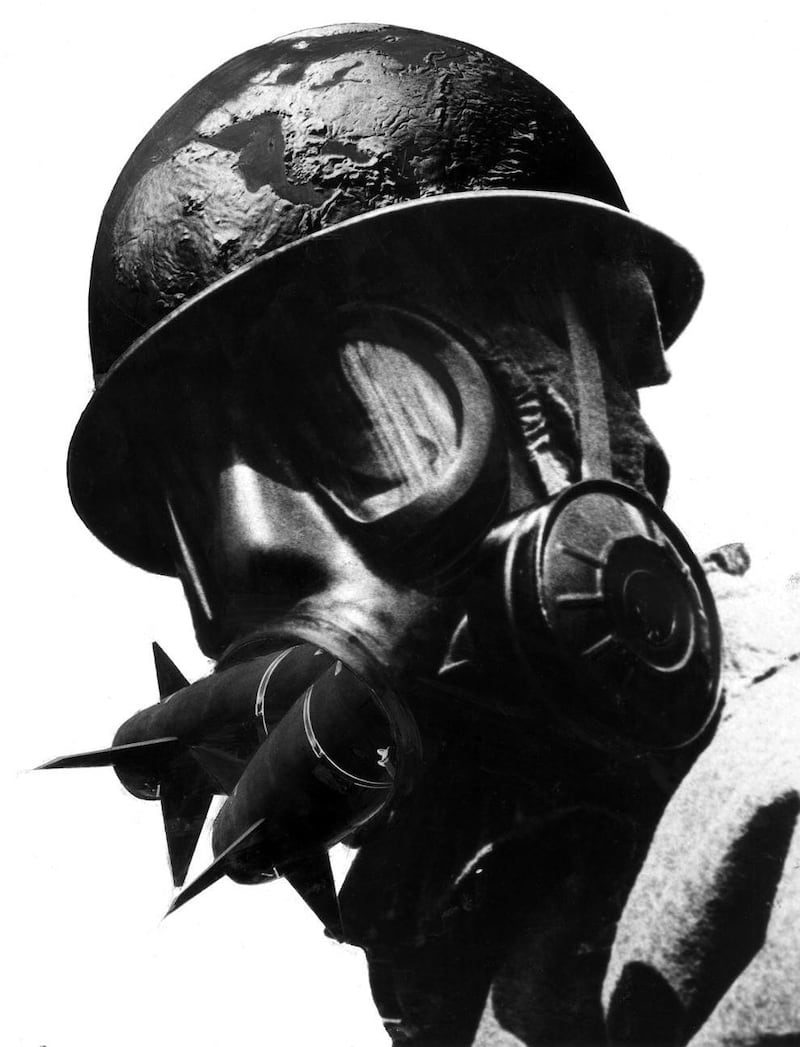
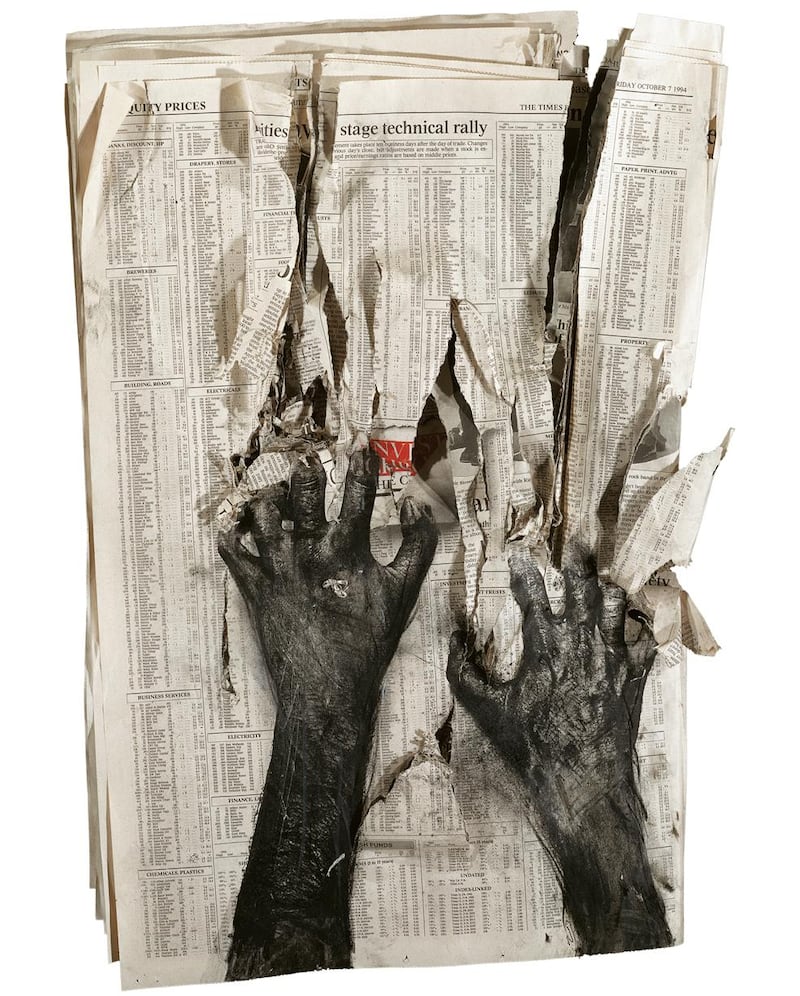
Kennard sharply distinguishes collage (“where often fragments deliberately don’t cohere”) from photomontage, the deliberate construction of an image. He describes many self-invented methods; mocking up and photographing props and, long before Photoshop, laboriously working up “roughs” by trial and error in the darkroom.
Some are highly literal metaphors (“I’ve been accused of making images that are ‘bleeding obvious’”), such as an African famine child as a roulette chip: the idea of western elites gambling with the lives of entire populations. His visual vocabulary and trademark devices are constantly recombined afresh: intercontinental ballistic missiles; ghoulish gas masks; his ever-elegiac skeletons; the photograph of Earth taken by Apollo 17 astronauts, which he has endlessly abused; his magnifying glass revealing hidden realities such as, to illustrate “2018: Capitalism”, the sprawling favela seen through the glittering high-rises of a financial district.
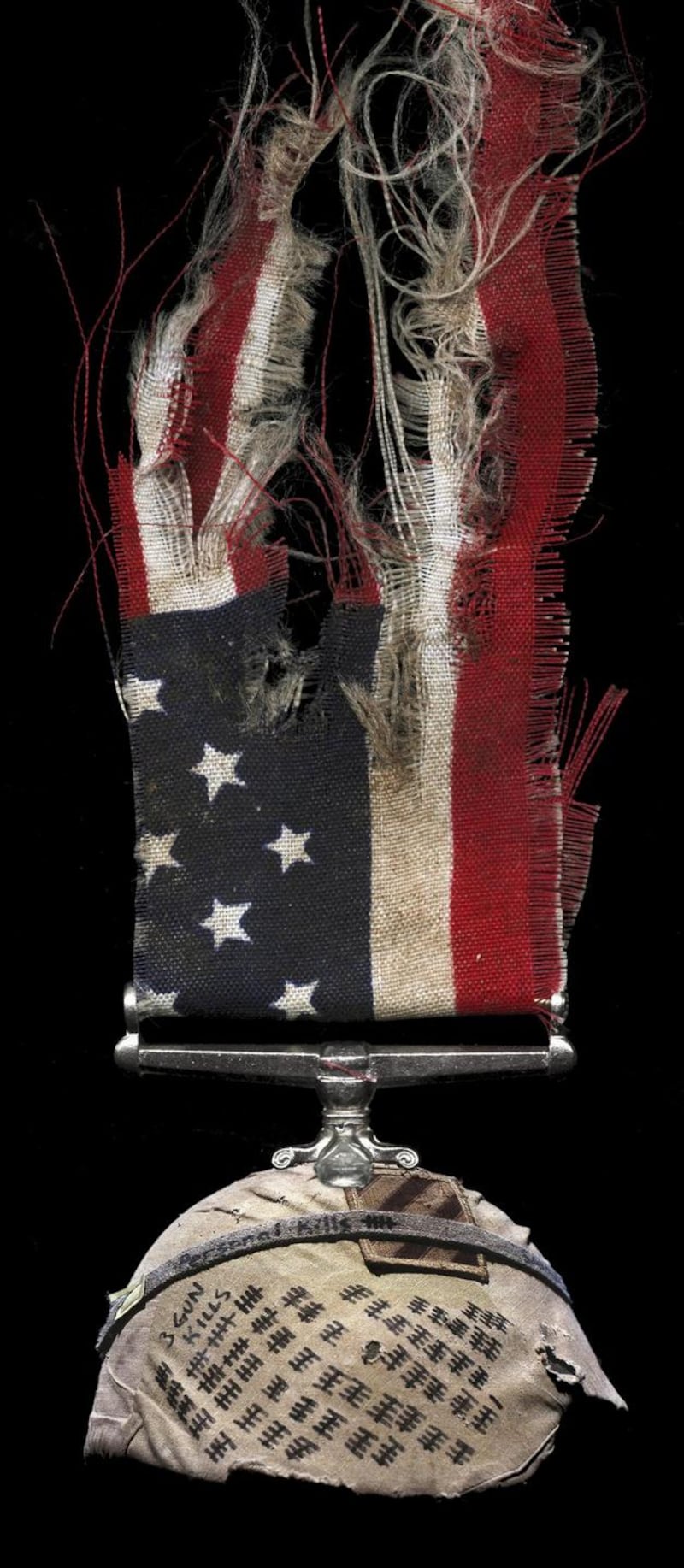
Kennard operates at the nexus of art and activism, taunting the eye with a form of political advertising to subvert “corporate imagery” that has “slid off the billboards to invade every crack and crevice of public space as well as our conscious and subconscious minds”.
He has been in the thick of pretty much every major UK protest movement; emblazoning the placards and posters of activists from CND and the Greenham Common women to campaigns against the invasion of Iraq, austerity and climate disaster.
Ever berating war and state violence, he was the headline exhibitor at the expansive Art the Arms Fair event last week, held to protest the vast biennial Defence and Security Equipment International arms fair in London, a government-organised shindig for ministers, civil servants, arms dealers and military delegations from regimes like Bahrain, Turkey, Israel, the Philippines, Egypt, Uzbekistan, Saudi Arabia and, aptly, the Hong Kong military and police.
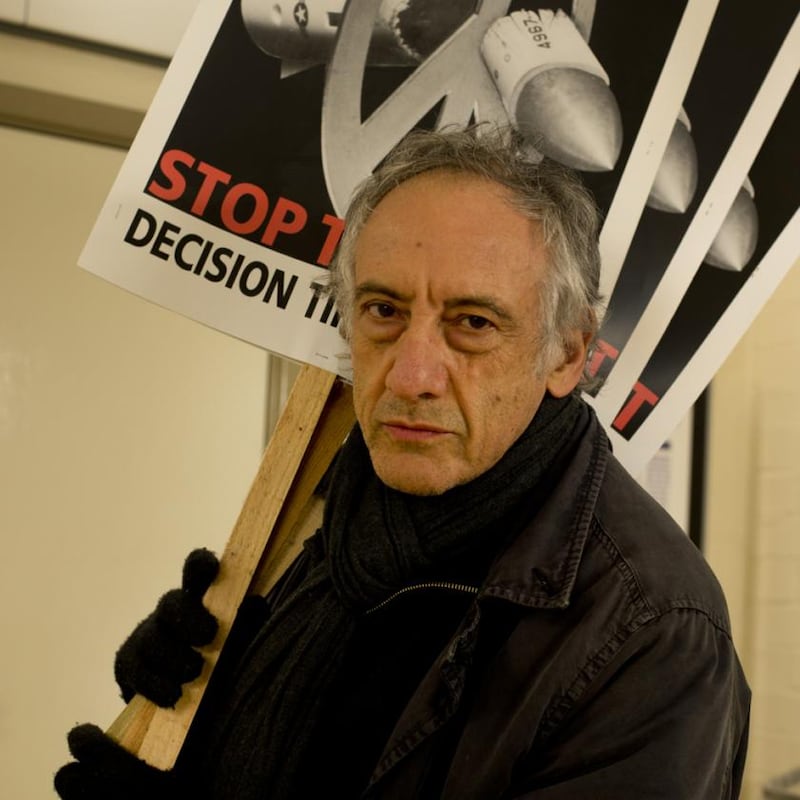
Kennard has always lampooned politicians, especially Tories: his hilariously limp John Major as the Mona Lisa; or the breathtakingly hideous Maggie Regina (Thatcher’s head grafted on to Queen Victoria), a “failed montage”, laments Kennard, as Thatcher “rather approved” of it. Many such originals now reside in the National Portrait Gallery, the Tate, the British Museum, the Victoria & Albert and even the Imperial War Museum, which hosted Kennard’s year-long retrospective in 2015-16.
Yet he scarcely ekes a living from his work; instead earning a crust as part-time professor of political art at London’s Royal College, yet detailing several “insidiously subtle forms of censorship” in public art institutions. He prefers his images to proliferate in non-art public spaces: fly-posted anonymously with fellow-activists, or issued online for use at, say, the 2013 G8 meeting in Enniskillen. Some are perennials: his “broken missile” montage for CND reappeared 36 years later to mark the £20 billion upgrade of the Trident nuclear weapons system in 2007: while his insectoid, Cold War Union Mask was repurposed to challenge the invasion of Iraq.
The text features little true biography, other than, say, visiting Paddington Library with his dad and being wowed by the wooden lecterns bearing open newspapers, seeding his long fascination with newsprint. He still overprints haunting images on to share-price index pages, often torn at by the desperate claws of the poor. Some are over-painted, like German Expressionism: “distressed” images of children in the crosshairs of killer drones; or mouthless refugee faces projected onto photosensitised canvas which he then pushes around with paint, rendering them like accusatory spectres.
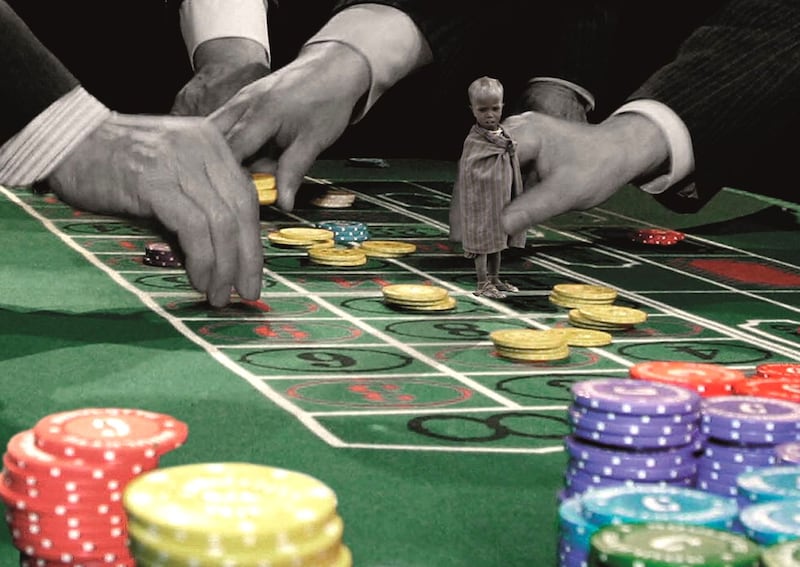
Oddly, he nowhere mentions Cat Phillipps, his close collaborator since 2002: an alliance that launched many iconic works (like the snickersome Tony Blair selfie against the hellish conflagration of Iraq’s oil fields) seen at their extraordinary exhibition earlier this year at Tallaght’s Rua Red; or their spectacular show alongside Seán Hillen at the National Photography Archive in 2010, when they stank the place out with torched wooden displays of human despoliation in Iraq, decorated with pages from the Chilcott Report.
But another book is planned of their joint work, while Cat spends a year in Denmark. They have certainly proven a formidable duo. One sees shifts in Kennard’s work after 2002: entering the digital realm and working at scale, such as his enormous “photo-paintings” of altered military medals; their Star Spangled ribbons rent or shredded; the medals replaced by helmets scored with kill-tallies, the bandaged heads of children, hooded prisoners or the detritus of aerial bombings.
Eccentrically commonsensical, Kennard’s spirit breathes through these pages, not least the photos of him tramping busy London streets pushing his “rapid response” News Truck (a “large metal street vehicle, filled with giant newsagents’ screens”) to the London Stock Exchange to mark the Lehman Brothers collapse with a pop-up street exhibition.
Despite Trump trashing the Intermediate-Range Nuclear Forces treaty and the Paris Agreement, Kennard optimistically toasts actions like Extinction Rebellion. At college, he sees ever-more students engaging in political work or collaborations outside the art market; even internationally, especially in Africa. “Corporate control of our societies”, he concludes, is more potent than ever. “But then so is the resistance.”
It’s all very encouraging.
Visual Dissent, by Peter Kennard, with 75 full-colour images, is published by Pluto Press
















